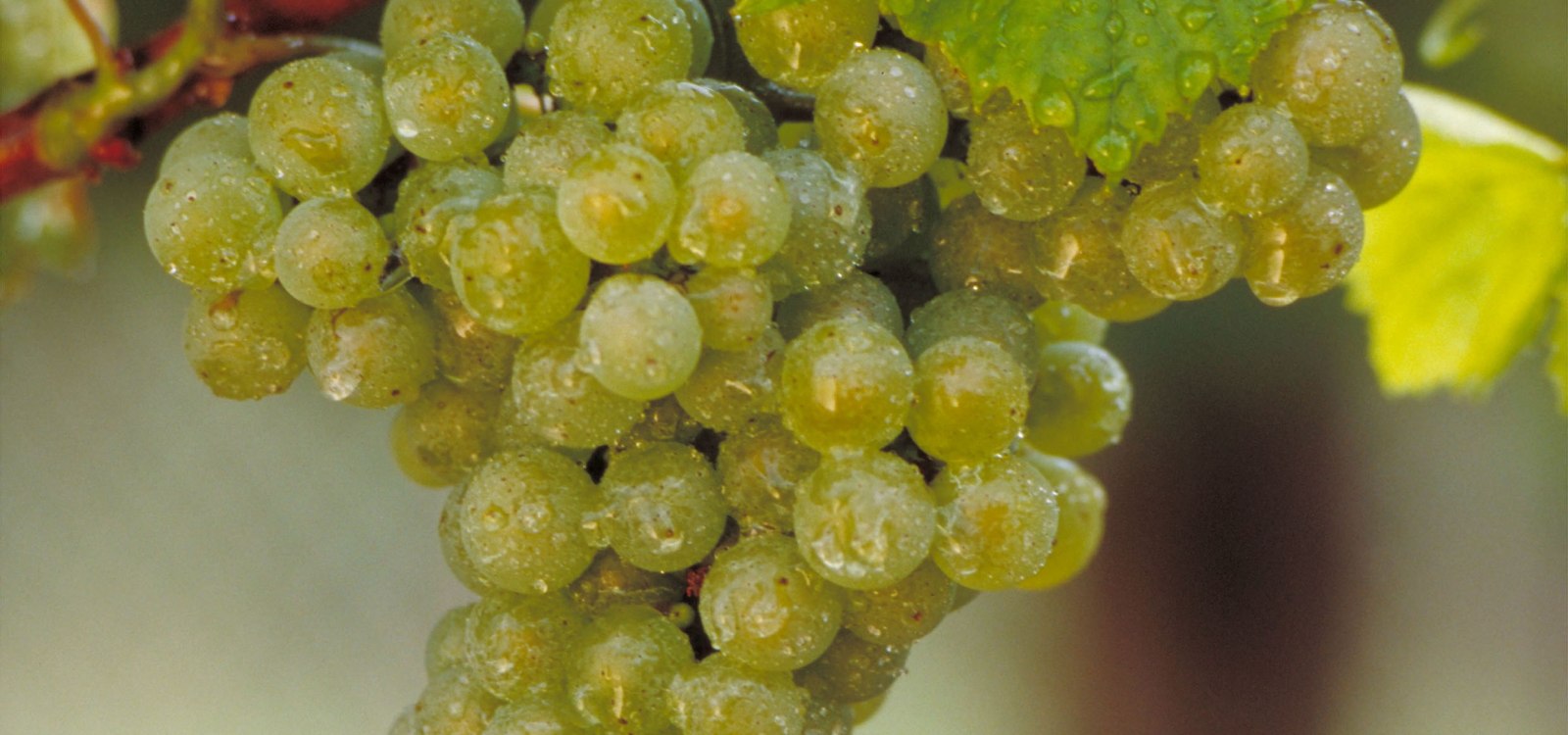The Globetrotter
Chardonnay
Chardonnay places high demands on the location. It thrives best on deep, calcareous and warm soils. In autumn it matures quite late and is harvested shortly before Riesling.


The Globetrotter
Chardonnay places high demands on the location. It thrives best on deep, calcareous and warm soils. In autumn it matures quite late and is harvested shortly before Riesling.
Chardonnay is one of the most popular grape varieties in the world. It has its origin in the Middle East. From there, the variety came to France and found a new home in Burgundy. Chardonnay - the eponymous village near the Burgundian town of Tournus, gave the grape variety its name.
Since 1991, the planting of Chardonnay has been approved in Rheinhessen. With an area of 890 hectares (3% of the total vineyards) the vine, that finds a home anywhere in the world, has a firm place in the Rheinhessen winemaker's portfolios.
Most Chardonnay wines in Rheinhessen are dry. Most of the time, the vinification in stainless steel tanks is followed by ageing in new wooden barrels. Yet, Chardonnay has been growing more and more popular as a base wine for Sparkling wines. Another trend for Chardonnay is a blending with Pinot Blanc.
The scent of melons, exotic fruits, ripe gooseberries or apples is typical for Chardonnay. Premium qualities usually have an opulent base and good extract, are full-bodied and sustainable. Once they have been aged in new barrels, fine vanilla and roasted aromas complement the primary fruit flavors.
Light, young Chardonnays accompany fish and seafood well, strong or woody wines go well with fried dishes, as well as with hearty cheese.